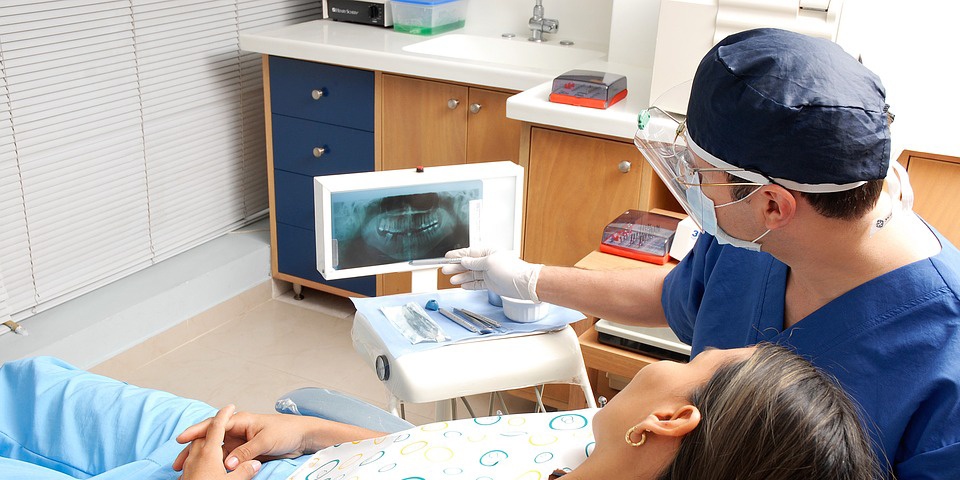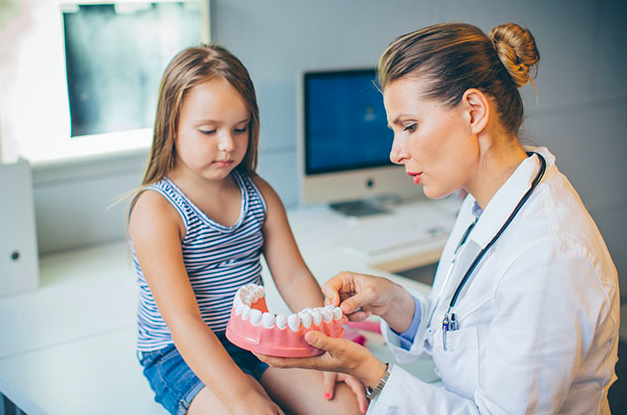
National Dental Hygiene Month is under way, and we’ve scoured the web for the most insightful expert comments from professional dentists and hygienists to help you make your next dental cleaning easier and more effective than ever.
The importance of effective dental care
We have all heard that brushing twice a day, flossing at least once, and seeing your dentist twice a year are basic steps toward maintaining good oral health. But what more could you be learning beyond these standard dental hygiene guidelines?
Is flossing really necessary?
In a recent article published through the Associated Press, experts were cited indicating that the clinical value of flossing has been placed in question because some of the studies on which dentists’ recommendations are based are small and unreliable.
So, does that mean that you don’t need to floss your teeth on a daily basis? Not according to dentists Tim Lafolla from the National Institutes of Health and Wayne Aldredge, president of the American Academy of Periodontology:
“It’s low risk, low cost,” Iafolla said. “We know there’s a possibility that it works, so we feel comfortable telling people to go ahead and do it,” Lafolla said.
Aldredge illustrated the point: “It’s like building a house and not painting two sides of it,” he said. “Ultimately those two sides are going to rot away quicker.”
Why proper brushing and flossing are so important

Dr. Kimberly Harms, spokesperson for the American Dental Association, discussed basic tips all dentists want their patients to apply. Regarding effective home oral care habits, she stated,
“Bacterial plaque sticks to the front, back, side, in between, and right under gums. The best way to fight plaque is brushing for two minutes twice a day and flossing properly once a day.”
Going further into the need for flossing, Harms explains, “If people understood plaque, they’d be flossing twice a day — but they really don’t. One-third of your teeth’s surfaces are covered by other teeth, so you need interdental cleaners like floss, tiny brushes, or water picks to physically clean plaque away. If the plaque just sits there, over time it picks up minerals from the saliva and hardens into tartar,” a cement-like coating of bacteria and minerals that further exacerbates tooth decay.
But, interestingly, even those who do regularly floss aren’t often doing it right. Harms noted, “So many people just pop the floss through their teeth and punch it up and down hard.” This incorrect flossing motion fails to remove bacteria and can do damage to the sensitive gum tissue between teeth, leading to bleeding, irritation, and swelling. “Think of it as gliding the floss gently along the two sides of each tooth,” Harms says.
Important input on smoking and oral health
"Studies have found that tobacco use may be one of the biggest risk factors in the development of periodontal disease."
While it’s common knowledge that smoking and chewing tobacco can lead to a number of health problems, David A. Albert, DDS, an associate professor at the Columbia University College of Dental Medicine, points out the effect of tobacco on oral health:
"Studies have found that tobacco use may be one of the biggest risk factors in the development of periodontal disease.”
Even more insidious, the act of smoking or chewing tobacco can render you less capable of noticing symptoms of serious oral health concerns as well.
“Smokers have much less gum bleeding and redness than other people even though their mouths are not healthy. This can lead to the false impression that the gums are healthy. It is therefore very important that tobacco smokers have regular dental exams to evaluate their gum health,” Albert said.
Take it from the experts:
- Don’t smoke or chew tobacco
- Brush at least twice a day
- Floss (the right way) at least once a day
- See your dentist at least twice a year
If you’re not in those healthy mouth habits yet, use National Dental Hygiene Month as the basis of an oral health turnaround.
For more information on ways to save on dental care, contact us to learn how our dental discount card can provide 20%-50% off the regular cost of dental care.
